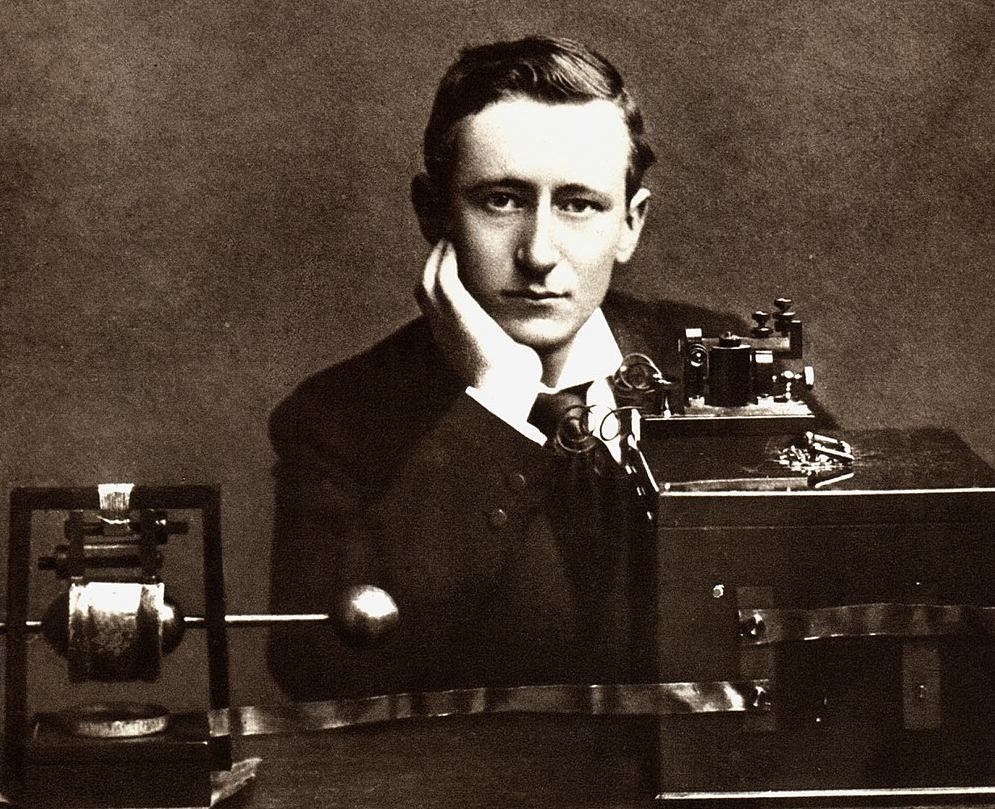
On Wednesday June 6th a team of Irish engineers set a new record for a maritime broadband transmission, aiming to enter it as a Guinness World Record. Conor Purcell reports.
As a science journalist I’ve spent time on board research vessels, and know only too well the creeping internet speeds available via satellite and cellular networks (when closer in to land). This impacts on an array of operations at sea, not to mention the quality of life for sailors, engineers and researchers – just about anyone who spends long periods of time on the waves.
No wonder then that a team of engineers based in Ireland have been spending the past number of years looking into new ways of turning that situation upside down. A company called SEATech Evolution, who work closely with the National Maritime College of Ireland, have developed a technology called SeaFi, which, unlike cellular and satellite communication, uses WiFi in a similar way to the broadband in your home.
“The technology is in its infancy,” says Arnaud Disant, a lecturer at the National Maritime College of Ireland, and CTO of SeaTech. “But on Wednesday June 6th, we set a record for the longest broadband transmission at sea – from vessel to land.”
“We’ve set a record of 19.4 nautical miles, which is a little over 35km,” he says, “and we will now submit for a Guinness World Record.”
Guinness World Records require a number of independent witnesses to observe a record attempt, one of whom was Frederic Dias, a professor at the School of Mathematics and Statistics, University College Dublin. During the broadband transmission Dias was based at Roches Point lighthouse on Ireland’s southern coast, where the SeaFi antenna was located.
“I checked that there were no other WiFi connections available which could be providing a signal,” says Dias. “By connecting to the vessel’s WiFi I was able to receive emails and also streamed video from the boat.”
“We were following the location of the ship using a marine tracker website and could also monitor the connection,” he adds, “which we lost after the boat reached a distance of around 35km.”
Riding Marconi’s Waves
As a journalist, I was also approached by Disant’s team to act as an official witness. During the evening of June 6th I received a number of emails pinpointing the vessel’s whereabouts and demonstrating their internet connection.
“These efforts are not dissimilar to those of Guglielmo Marconi, the Italian inventor famed for his work on long distance radio transmission over one hundred years ago,” says Disant. “Marconi also required independent witnesses to verify his work, so he contacted journalists who took part and reported on the emerging technology of radio.”
Marconi even spent time at Roches Point, where Professor Dias received the WiFi signal. There Marconi tested his early telegraph and radio technologies by sending signals from land to vessels at sea. As an engineer, Disant definitely feels he is, in a way, continuing the legacy of that man.
“Just next to Roches Point lighthouse there are two towers where Marconi erected two gigantic antennae, which were needed to receive the large radio signals,” he says. “But one key difference between Marconi and what we are doing is the frequencies used, and the amount of data being sent. Because we are using high frequencies, we can send much higher volumes of data.”
Look to the future
As a scientist, Professor Dias sees potential applications in this technology because it opens up new avenues for acquiring data at sea.
“SeaFi could one day be used by oceanographers for obtaining wave measurements,” he says. “It would be pretty impressive if we could get wave information continuously and in real time.”
He adds that the technology could potentially help us develop tools to make wave forecasts, in a similar way that we generate weather forecasts today, helping to increase accuracy.
As for the immediate future, Disant says that the team have conducted tests over the past month where they are consistently sending signals over even longer distances.
“It depends on where you put your station,” he says. “Having low levels of local interference is really important, but records of up to and beyond 50km should quite soon be achieved.”
Conor Purcell is a science journalist with a PhD in Earth Science. He is the founding editor of www.wideorbits.com and can be found on twitter @ConorPPurcell, with a collection of his work at cppurcell.tumblr.com.






